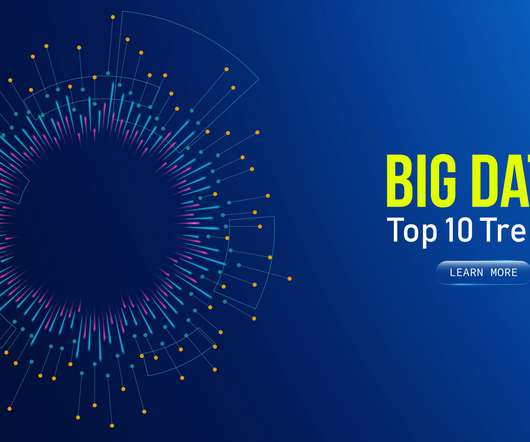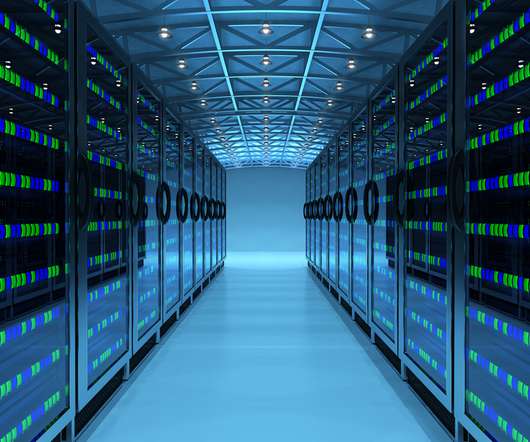5 Current Trends in Big Data for 2022 and Beyond
Smart Data Collective
DECEMBER 1, 2022
Edge computing is processing data at the edge of a network, or on the device itself rather than in a centralized location. The growth in edge computing is mainly due to the increasing popularity of Internet of Things (IoT) devices. Managing all that data from one centralized area is challenging with so many connected devices.













Let's personalize your content